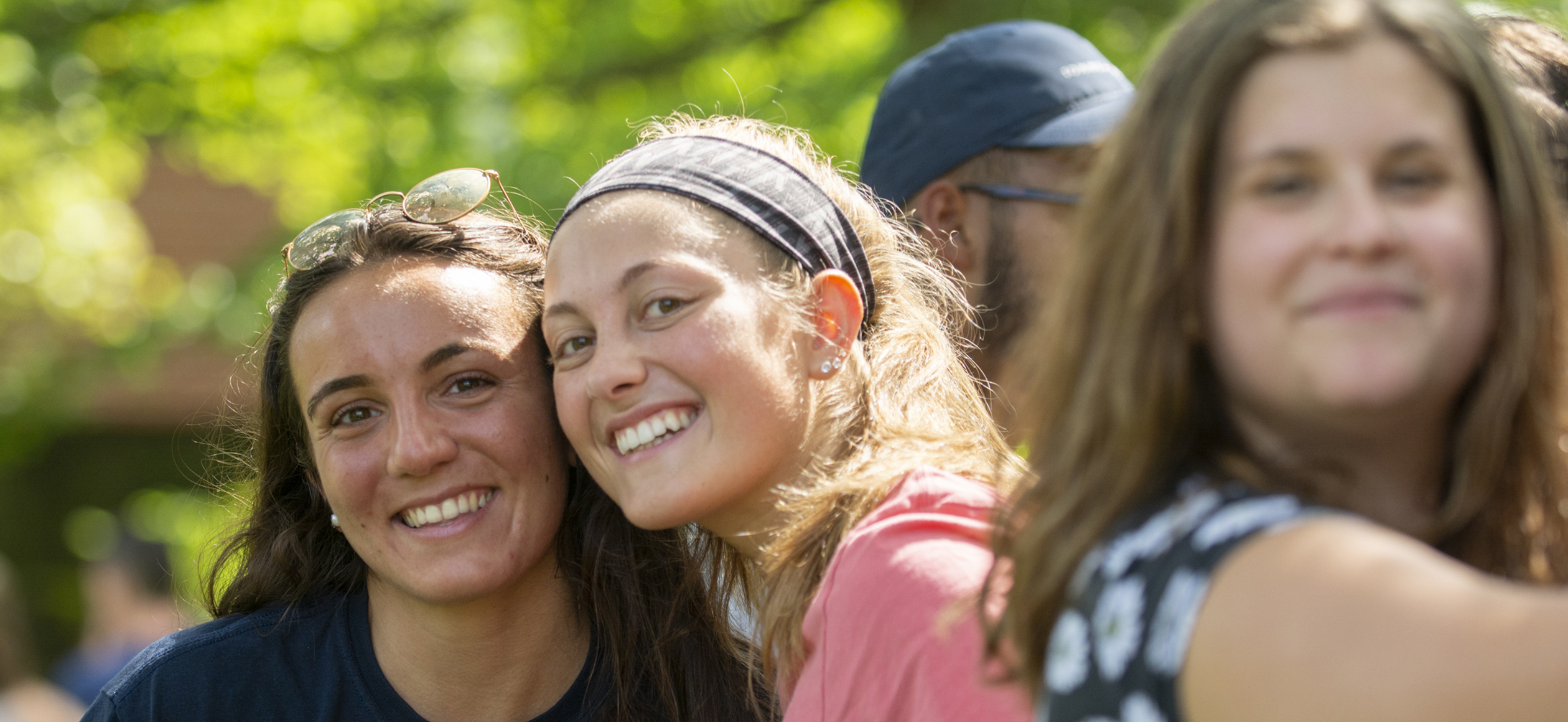Physical Therapy
The Profession
Physical therapists can change patients' lives. They help healthy people stay healthy and help injured, weakened, or sick people improve their ability to move and to lead more active lives. Physical therapists work with patients of all ages and in many different settings, from hospitals to public schools.
Physical therapists in clinical settings are employed in hospitals, outpatient clinics, long-term care, or rehabilitation facilities. Physical therapists practice preventive medicine as well as helping those with physical impairments, disabilities, and functional limitations. They promote health and wellness for everyone through exercise programs held in a variety of places - in schools and senior centers, and in hospitals. They work with athletes to prevent injuries and to devise exercise programs to help them heal when they are injured. They keep senior citizens active and teach them how to improve their balance to avoid dangerous falls.
Each client is an individual, and physical therapists view their clients in the whole context of their lives. Physical therapists help their clients resume or improve functioning where they live, often teaching family members or nurses and health-care attendants ways to help the client achieve his or her objectives. Physical therapists are educators and advocates and clinicians.
The Curriculum
The Doctoral Program in Physical Therapy is registered by the New York State Education Department and is accredited by the Commission on Accreditation in Physical Therapy Education. The curriculum is designed to build upon strong undergraduate preparation grounded in liberal studies that afford students opportunities to integrate foundational knowledge with professional education.
The curriculum emphasizes the concept that the process of learning is equal in importance to the acquisition of knowledge. Designed in a problem-based learning (PBL) format, the curriculum places particular emphasis on self-directed, student-centered learning. Problem-based learning is an interactive educational model that uses small group discussion of clinically relevant problems (case studies) to provide the context for learning. Through carefully designed problems, the PBL process strives to guide, stimulate and challenge students to acquire a comprehensive and integrated knowledge base. The expected outcome is an entry-level practitioner able to function in a complex health care system and diverse society.
The post baccalaureate curriculum is completed in three years of full-time study. Four semesters are spent in academic study on campus and two semesters are spent in a variety of clinical education environments (32 weeks). Graduates of the program are eligible to sit for licensure examination in the state of their choice.
The Profession
Health care professionals promote optimal health and well-being. Physical therapy, within the realm of health care, provides independent examination and intervention for individuals to promote health, wellness and fitness, improve movement dysfunction or reduce physical disability. Physical therapists function in a variety of settings within the community: hospitals, rehabilitation centers, pediatric facilities, geriatric treatment centers, extended care facilities, industry, sports, medicine, private offices, school systems, and voluntary health agencies. Physical therapists encounter patients of all ages, from newborn to elderly. Physical therapists assume responsibility for the patients, clients, and families with whom they interact. These professionals respond to the diverse, dynamic, and complex needs of society and recognize the value of life-long learning and the application of new knowledge.

